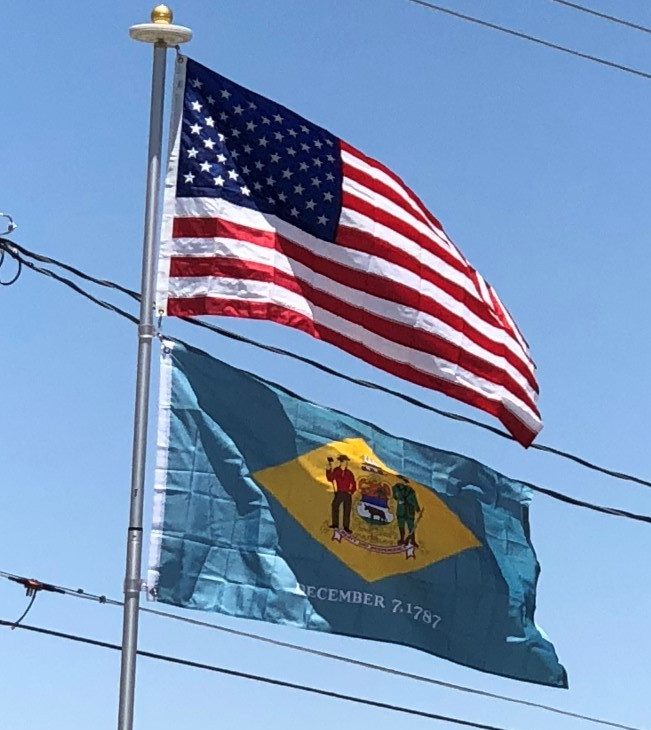This post is arguably overdue in that it might have made sense to address some of the history and origins of the United States flag before tackling the more obscure of the French Overseas Territories for example, but things happened the way they did due to the interference of the husband’s obsession with the Broadway musical Book of Mormon which caused him to start with flying the flags of Norway and Uganda, but readers of this blog are familiar with all of that.
The flag at the top of the flagpole is, of course, that of the United States and it will remain flying for a long time as we explore the individual states that make up the United States for the flag of the country always takes precedence and the top position on a two flag flagpole.

The exact origins of the first flag of the United States are uncertain despite the persistent belief in the potentially mythical Betsy Ross. Originally, in 1776, the Continental Congress declined to endorse or specify a flag for the new nation of the United States. The Navy used a design
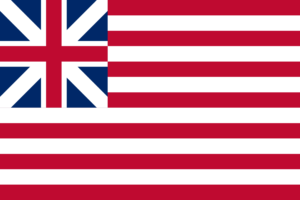
that was potentially based on the flag of the British East India Company,
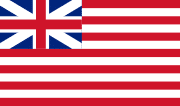
although this is disputed, and it was this design that came to be the basis for the official flag that would follow.
On June 14, 1777, the day now known as Flag Day, the Continental Congress passed a resolution which stated that: “Resolved, That the flag of the thirteen United States be thirteen stripes, alternate red and white; that the union be thirteen stars, white in a blue field, representing a new constellation.”
It is important to note what this resolution does not specify. It does not indicate whether there are 7 red stripes and 6 white, or vice versa. It does not indicate the arrangement of the stars nor does it specify the design or type of star to be portrayed. This led to a great deal of leeway in how early flags were designed and sewn, each valid as there was no standard against which to evaluate different designs.
It is now accepted that Francis Hopkinson of New Jersey, a naval flag designer, and a signer of the Declaration of Independence, designed the 1777 flag.
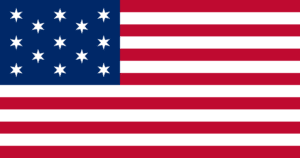
It is important to note that the Hopkinson flag does NOT arrange the 13 stars into a circle, which is the design most commonly associated in modern times with the original flag.
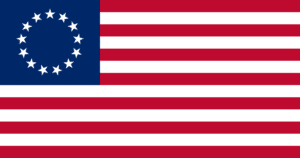
Such a design quite possibly existed as the arrangement of the stars would not be codified for decades to come and certainly some flag designs did arrange the stars into a circle but also in more fanciful designs
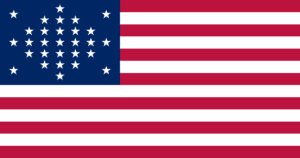
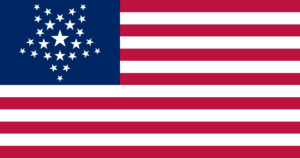
as well including stars arranged in the shape of a star.
